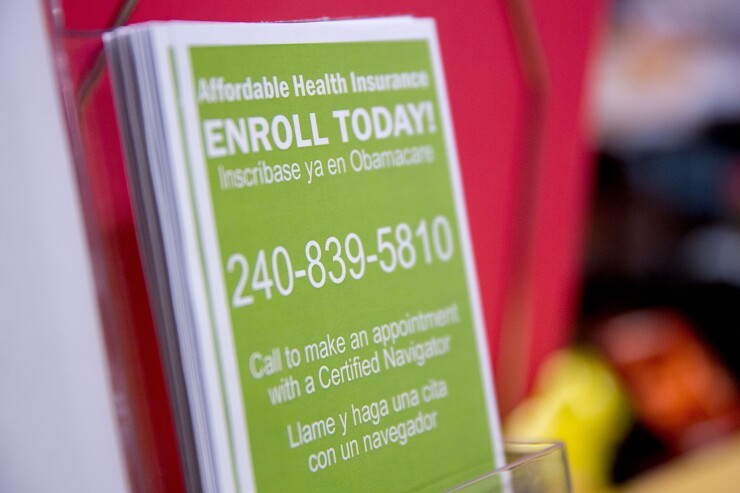As open enrollment season draws closer, benefit managers might want to consider a new approach to engaging employees to better ensure peak participation rates and a strong understanding of the process.
Only one in five employees says they consult their HR representative during open enrollment, according to a new study from the technology software company Namely. Instead, they turn to coworkers and family members to help select benefit plans during open enrollment.
"These survey results underline the urgency for HR departments to invest in a better open enrollment experience,” says Matthew Monahan, VP of benefits for Namely. “Employees want great benefits choices, ample time to make their selections and a knowledgeable HR representative.”

He suggests benefit managers think outside the box and to rely less on emailed communications to workers during enrollment time.
“Break the ice by holding town hall-style meetings and setting aside office hours to address more sensitive questions one-on-one,” he suggests. “Better yet, organize an in-house benefits fair for employees and their families. Don’t be afraid to make it fun with massage chairs, a raffle, and a catered lunch.”
With rising healthcare costs, employees aren't taking healthcare for granted, the study finds. Seventy-two percent of workers are willing to give up perks in exchange for better healthcare benefits.
“We’ve all seen what happens when employees don’t get the coverage they expect,” Monahan says. “Those are some of the toughest conversations an HR professional can have. When it comes to open enrollment, communicate early and often. Our data shows that employees want at least a month to make their choices.”
Of the perks they're willing to ditch for better healthcare, 47% of respondents chose the company holiday party and happy hours. But only 7% of employees are willing to sacrifice vacation days — perhaps because time off is a health benefit in and of itself, according to Namely’s report.
The biggest causes of open enrollment frustration, according to Namely’s survey, are:
· Constant changes in plans
· Open enrollment information that is hard to understand
· A rushed process.
A great way to communicate change is to opt for “active” enrollment, Monahan suggests. Active enrollment just refers to when plans don’t automatically renew year-to-year and push workers to make choices each year.
“A lot of employees wrongly assume nothing but their premiums change,” he says. “Active enrollment forces employees to think more deeply about their elections and hopefully ask more questions, too.”
And Monahan says to bear in mind that benefits communications goes both ways. “How are you doing as an employer? Midyear, be sure to survey employees on what they think of your plans,” he advises. “Is there something in particular they’d want to see offered? That’s a great way demonstrate your commitment to providing not just good plans, but ones that fit employee needs.”





